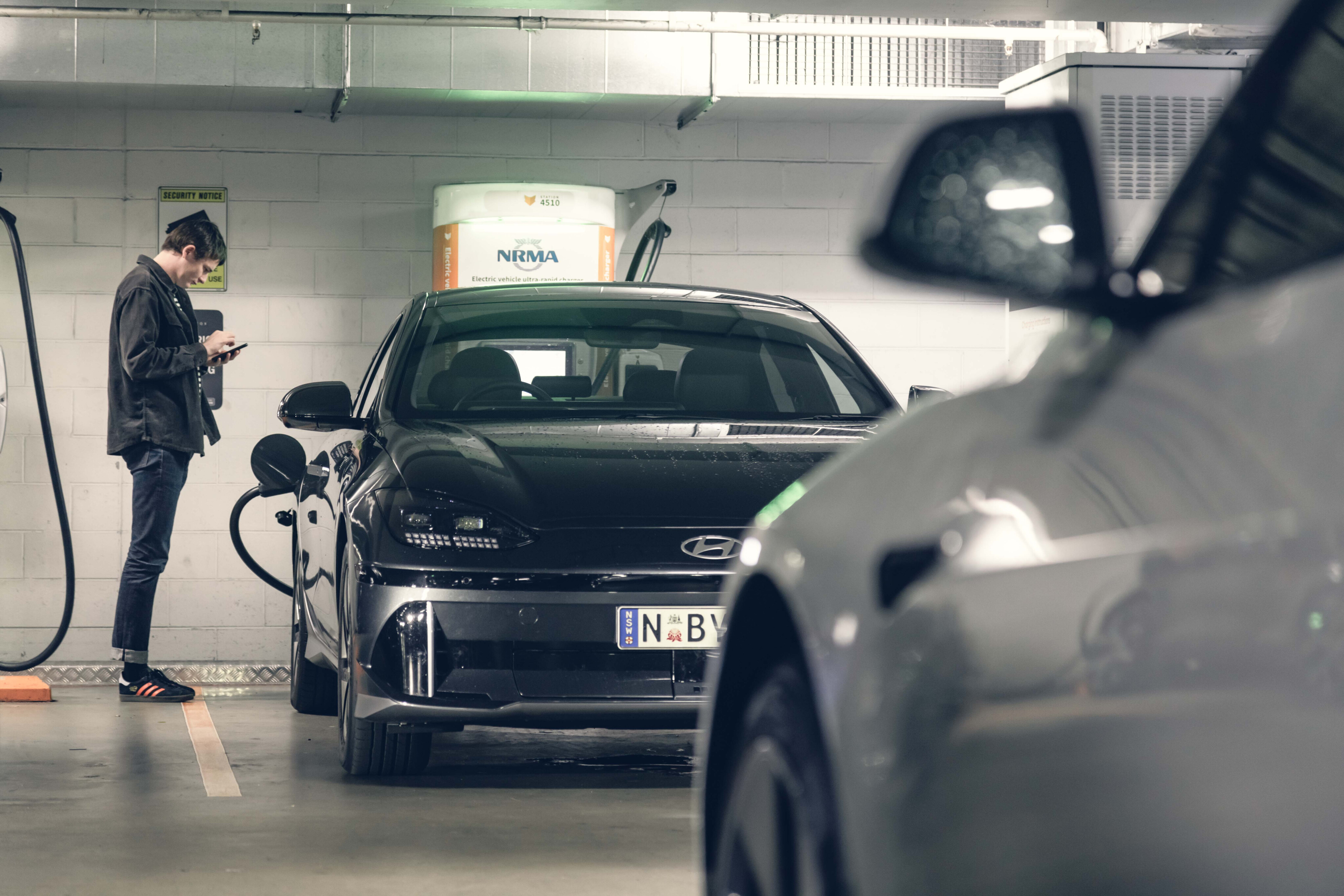
"There aren’t enough chargers."
This is a common argument for not buying an electric vehicle today. But, is it valid – or just confusion and misinformation?
Snapshot
- Yes, there aren’t enough public EV chargers in Australia, BUT...
- it’s not just about the numbers, AND...
- for most buyers' daily needs, it’s rarely a nuisance when you can charge at home
- ...of course, that doesn't work for everyone
Throughout history, just about every piece of exciting new technology has stirred fear and uncertainty across society.
From the industrial revolution to the internet, smartphones, electric cars and now the scourge potential of artificial intelligence, these moments often raise more questions than they solve.
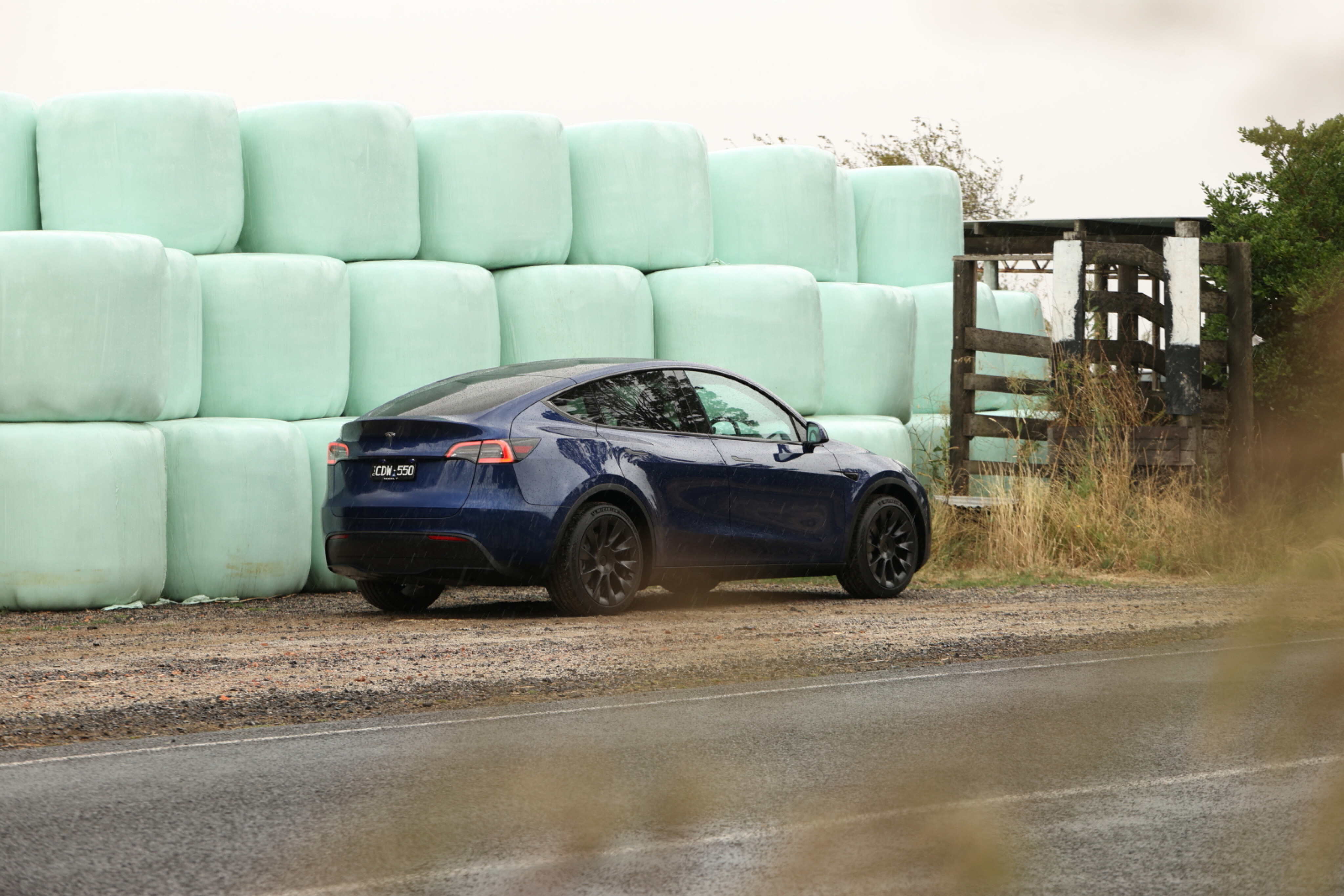
EVs have become a hot-button topic, with many buyers excited and plenty others worried about their shortcomings – real or fictional.
Among a variety of EV concerns, the availability of public EV charging stations remains a key barrier to adoption – especially in Australia where it’s still relatively nascent.
So, how many chargers are out there, is it a valid excuse, and why isn't it just about the numbers?
JUMP AHEAD
- How many EV chargers are in Australia?
- A good reason, but...
- Can't charge at home?
- Not just about the numbers
TL;DR: Australia is electrifying rapidly

🔋 How many EV chargers are in Australia?
According to EV charging finder platform PlugShare, there are currently around 370 charging locations in Australia.
This includes slow (AC) and fast (DC) public charging stations from provider networks and businesses, but excludes sites that require your own industrial-level cable or the odd ‘a random plug is there’ listing.
Note that the number is for charging locations. Each site may have more than one station and plug, so the actual number of EVs that can charge outside is far greater. A report from the Electric Vehicle Council (EVC) estimated that there were nearly 5000 individual charging plugs in 2022 nationwide.
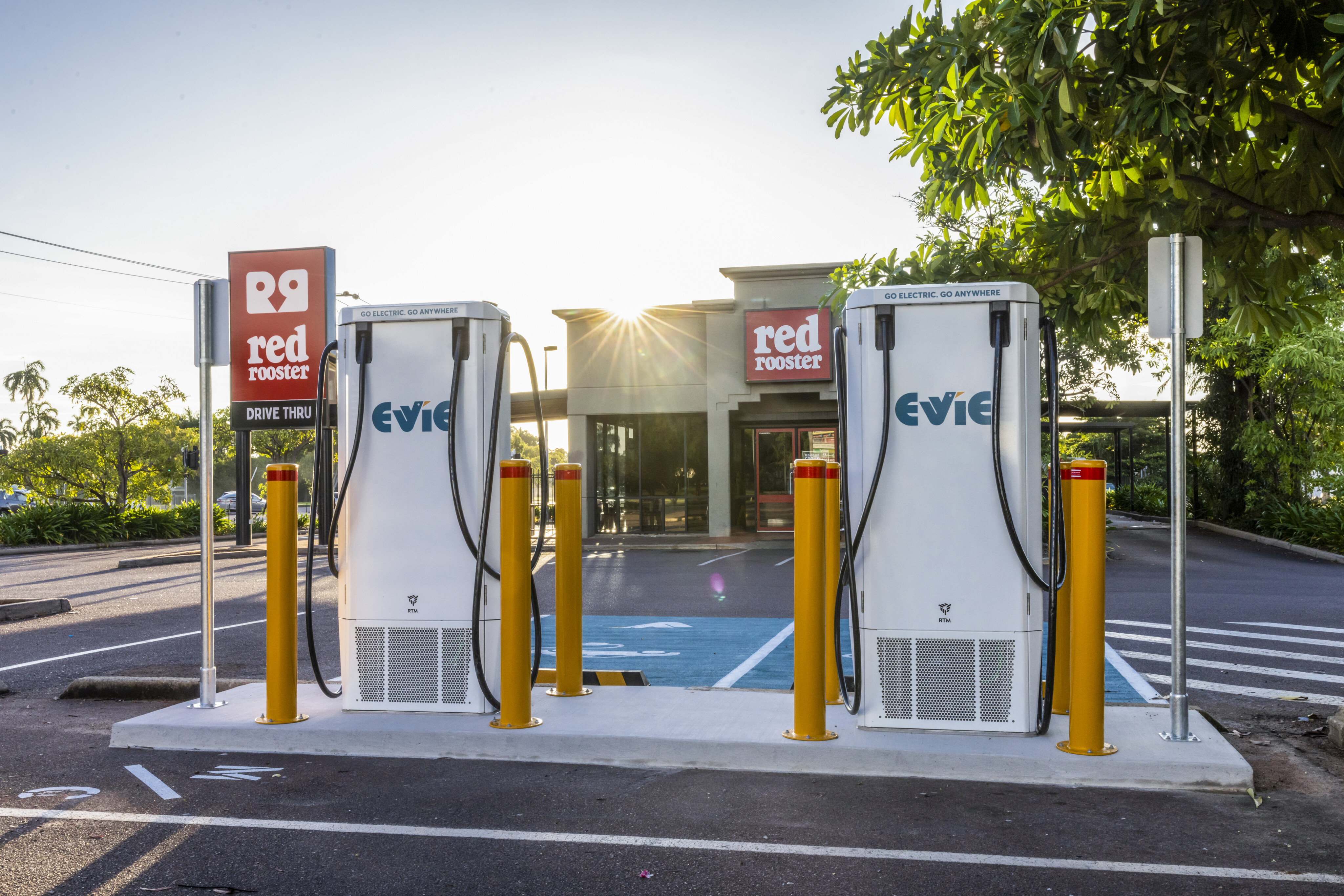
The new fuel stations
The key EV charging stations you'll see out on the roads will be from providers such as Chargefox, Evie Networks, BP Pulse, Ampol’s AmpCharge and Tesla Superchargers (which are still mostly locked to Tesla vehicles), along with Jolt, Exploren, EVUp, and Everty.
Critically, most charging sites are limited to offering one or two plugs.
Many stations can only juice up one vehicle at one time and, even if they can ‘power share’, one plug could likely be the rare CHAdeMO connector on DC fast chargers – which is only compatible with the Nissan Leaf, Lexus UX300e, and older Tesla vehicles via an adapter accessory.
This is due to an outdated rule that requires the federal government’s Australian Renewable Energy Agency (Arena) funded chargers to comply with the Federal Chamber of Automotive Industries authority and offer both CCS2 and CHAdeMO plugs. However, newly installed Arena-backed chargers are defying this rule.
For a country spanning 7.7 million square kilometres and with more than 100,000 EVs in circulation, it’s clear there still aren’t enough public chargers to satisfy today’s demand – let alone keep up with ever-growing sales.
However, the availability of public EV chargers is just one side of the story. It’s important to consider: Combustion cars must (generally) be refuelled at a dedicated station, but EVs can be charged at home. So... how often will you really need to stop beside the road to recharge?
For many buyers, the answer will be 'often enough'. These are people who regularly travel long distances, making EVs a more trepidatious concept. However, national data shows that the vast majority of Australians rarely stray far from home, making an EV a compelling option for their daily needs.
🤔 A good reason, but…
While Australia's public EV charging infrastructure is still limited, the most convenient and reliable way to recharge is at home or work.
Even without a dedicated wall charger, any three-pin power socket at home (yes, the same wall plug all your appliances use) can ensure you’ll rarely need to use public chargers – except, of course, when venturing away on longer road trips.
How many houses are there in Australia?
According to the Australian Bureau of Statistics’s (ABS) [↗] 2021 Census survey data, 70 per cent of dwellings were houses, 16 per cent apartments, and 13 per cent townhouses.
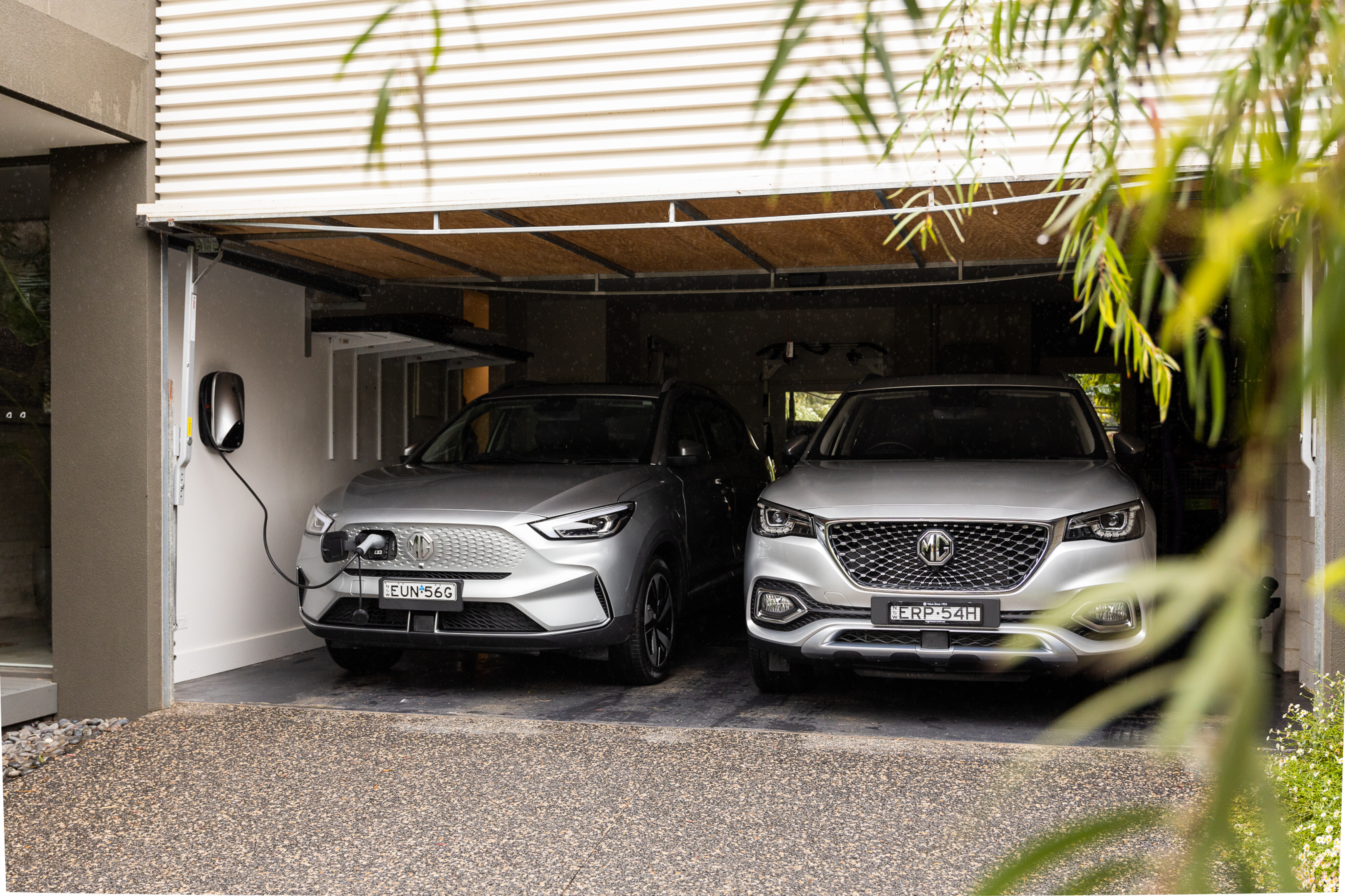
⏩ Back to the question: Just how much range do you need, most days?
It's true that this wall-socket ‘trickle charging’ method is very slow and won’t completely replenish most EV models in one night (when electricity tariffs are cheapest). But, unless you need to use the full range capabilities every day (200 to 700km depending on the model), then you don’t necessarily need a fully charged battery.
If you don't travel far or don’t go out every day, then juicing up across two or more overnight periods will completely charge the EV. For homes with solar panels, plugging in when there’s free energy generation will slash running costs, too.
But, if you park in an uncovered driveway at home or need the guarantee of a fully charged battery at the start of every day, then you’ll want to invest in installing a Level 2 AC charging wall box (single- or three-phase power depending on your dwelling). See our guide below.
🚫 Can’t charge at home?
Of course, many Aussies don't have the option to charge at home. If you live in a home with only shared or street parking, owning an EV can be tricky.
Some buildings now have chargers provided, bur for those that don't, you’ll need to negotiate with all stakeholders such as the body corporate, owners and neighbours; work through legal hurdles; and prove the value to install charging infrastructure in your car park space – even if it's just a regular three-pin plug.
There’s the potential associated time and financial costs for proving that the plug is safe and isolated from other units (even before installation has started), especially if the car park space isn’t near the power meter box.
And, despite all this, your efforts might be rejected – even though more property owners are beginning to see the value in offering charging provisions. It’s a case-by-case basis.
Critically, if you’re a renter, it could be even more of a headache due to limited property rights.
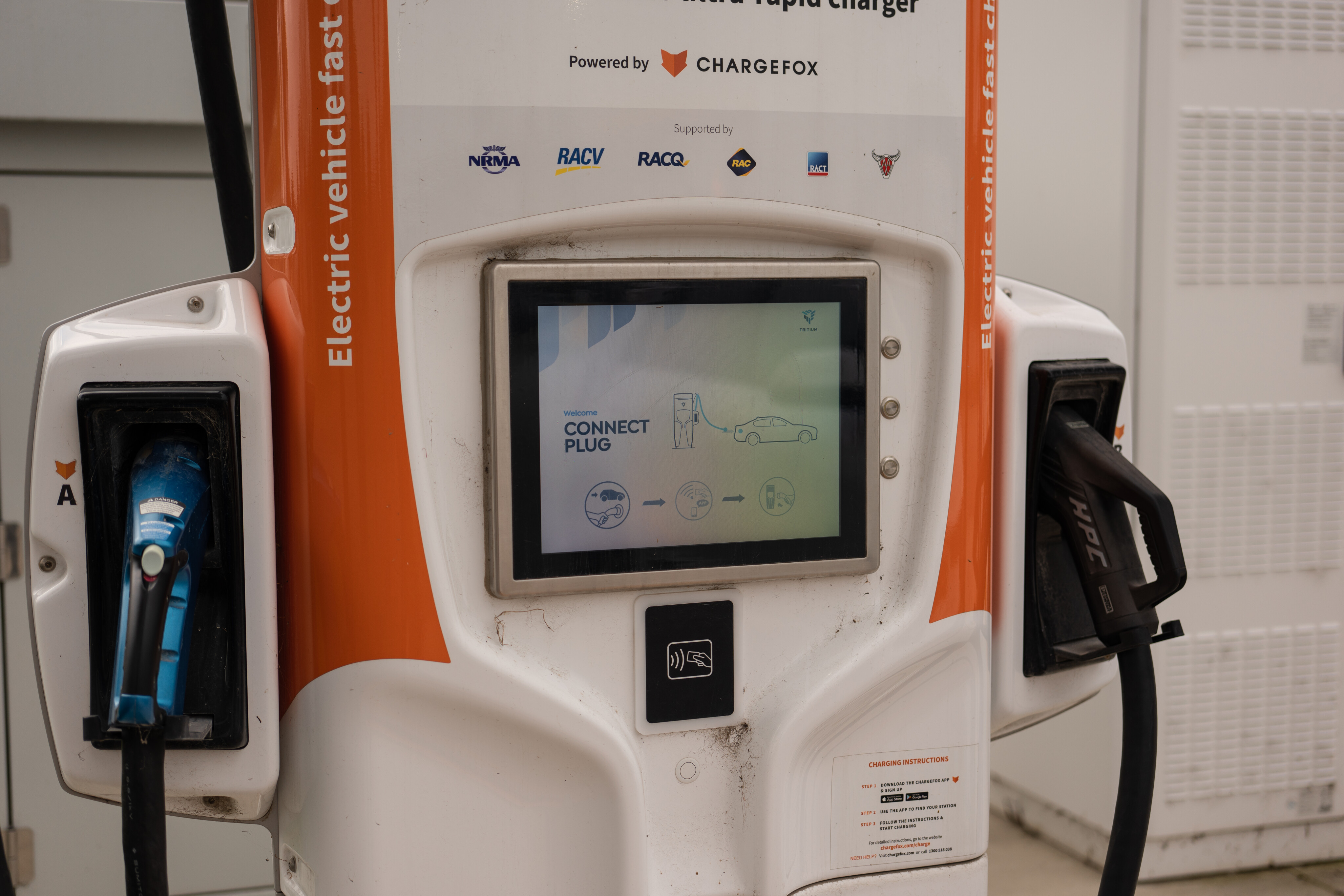
🧮 It's not just about the numbers
If you can’t charge at home, you’ll need to rely on public charging stations – which, while expanding in numbers, is still problematic in some areas.
Snapshot
- Charging reliability, redundancy is improving
- Better accessibility and safety needed
- EV owner etiquette is critical
🚧 Reliability
Charging stations, particularly the fast direct-current (DC) models, are complex machines. You've probably heard they have a tendency to malfunction, as more drivers use them.
That’s why public charging operators, such as Chargefox, Evie Networks, the NRMA and BP Pulse, are working towards improving ‘uptime’ rates – to repair and restore faulty stations as soon as possible to keep them running.
Faults can range from simply a disconnected electricity grid, to worn out plugs and problematic inverters.
It’s worth noting that the most common Brisbane-made Tritium stalls have been most notorious for sub-par reliability, whereas Tesla’s own Supercharger network has been lauded for its strong uptime rates. More charging models are coming online too, including from ABB and Kempower, which have better reliability reputations.
However, as EV owners and the lobbyists have long advocated for, Australia also needs more ‘redundancy’ at each location when stations do inevitably go offline.
This includes having multiple EV chargers at each location – instead of the paltry one or two common today – and more sites geographically spread out, so drivers can comfortably rely on backup stations when they’re running low on battery, without ‘range anxiety’.
💰 Cost
While EVs are cheaper to own over the long run, that selling point can be made less compelling if public charging stations are too expensive – forming a clear disadvantage for those who can't charge at home.
Currently, there are still a few free chargers remaining and often council or state government backed stations – such as Queensland's Electric Super Highway (QESH) network – are cheaper than most.
However, charging providers are businesses and they need to eventually earn a profit from costly-to-install charging stations.
Chargefox and Evie Networks have increased the prices of their standard 50kW DC chargers to $0.45 per kilowatt-hour, in line with rising electricity market costs, while traditional fuel giants BP and Ampol have entered the market with higher prices at $0.55 and $0.69 per kWh respectively.
Faster chargers tend to be more expensive, but remember that not all EV models can take in the maximum speeds. Chargefox has also started trialling variable pricing depending on the time of day (with a significant difference) and overstay fees in line with Tesla Superchargers.
👨🏻🦽 Accessibility
Public EV chargers also need to be more physically accessible, especially for older motorists and people with impaired mobility.
DC fast charging stations in particular often have heavier and shorter-length cables, which can be a nuisance for people who are less able.
Meanwhile, there’s no mandated standard requiring carmakers to position charging ports on any particular side of the vehicle – it varies from the front, front quarter panel, rear quarter panel, and even beside the tailgate depending on the model – so it can make plugging-in tricky.
Additionally, differences in the charging station position, orientation, kerbs or steps, safety bollards, and narrow parking spaces can all be barriers to conveniently topping up an EV.
💳 And then there's the process of paying...
Payment systems are another pain point, with many providers requiring an online account and smartphone app – and restricting it to Australian payment methods only.
There’s some movement to offer a standard payment terminal to accept any credit or debit card, but for now, it can mean a mess of accounts and apps on your phone.
The older Tritium RT50 model also requires users to press a flashing start button on the unit after initiating via a smartphone app or RFID card, which isn’t clear-cut to EV newcomers.
🆘 Safety and services
Since EVs can take up to an hour to replenish off a fast station, questions have been raised about personal safety and services while at EV charging locations.
This especially applies at night, where proper lighting and security cameras aren’t always guaranteed.
Some charging sites are secluded at the edges of a car park, with charging operators increasingly needing to contend with vandalism as networks expand.
Because of this, most EV charging hubs still lack traditional fuel station amenities, such as cover from the weather, water buckets and squeegees, tyre air pumps, and hand wipes.
For what it’s worth, Evie Networks guarantees that all its charging locations have lighting and security provisions in place, while BP and Ampol mostly place their EV stations at the side of their fuel station forecourts.
🖖🏼 Etiquette
EVs simply take longer to charge than pumping in fuel, and there aren’t enough public charging stations to meet the demand.
Therefore, some EV owners can become impatient and discourteous to others.
This mostly applies to busier charging locations and during busy holiday periods, where queues may form.
Public EV charging etiquette tips
✅ Charge up to 80% only
- This will help to avoid prolonged wait times (80-100 takes the same time as 10-80) and excessive battery degradation – but fully charge if necessary, such as on road trips.
✅ Obey the signs
- Park while charging only, and follow any time limits
✅ If the station is full, park nearby and wait
- Don't wait in a charging bay that might be designated for other plug types (i.e. CCS2 or CHAdeMO).
✅ Use the PlugShare app's check-in and waiting feature
- This is handy to see what's happening at busy sites, and be sure to stay at the location with your vehicle.
✅ Be respectful
- Don’t push other EV owners to stop their charging session early.
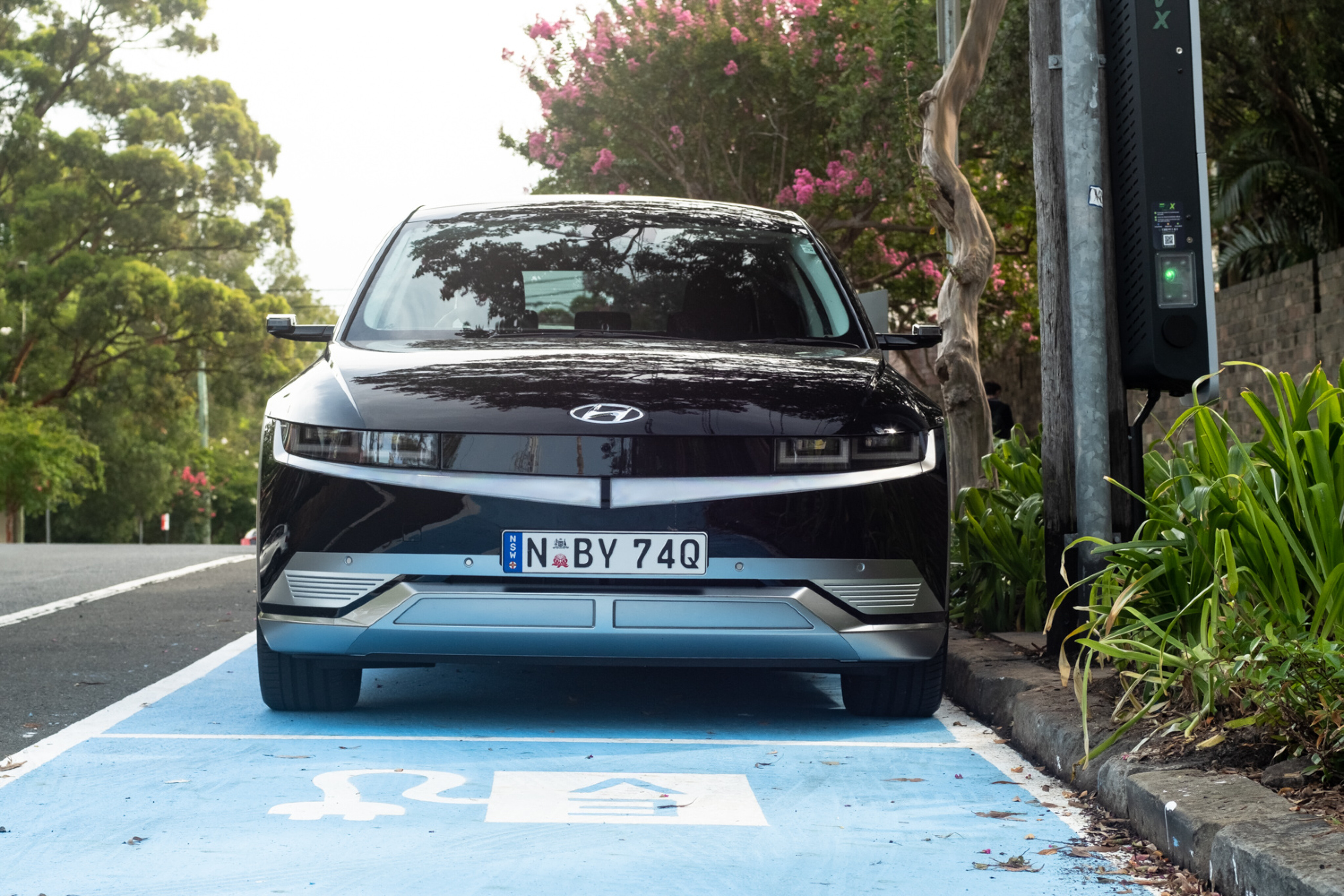
⚡️We're getting there!
Yes, there aren’t enough public EV charging stations in Australia. But, as long as you can plug in at home and don’t commute long distances every day, it shouldn’t be a worry.
Unfortunately, if you can’t charge at home, then owning a pure electric car today isn’t ideal – as you’ll be relying on a patchy, pricier and inconvenient public charging network. A hybrid vehicle might be a more suitable alternative, as a substitute to a traditional petrol or diesel car.
The silver lining is, EV charging infrastructure is rapidly expanding in Australia – with major projects underway, such as the federal government’s major region-linking NRMA charging network to fill blackspots in remote and regional areas, the RAA’s South Australian EV network, and Tesla unlocking some Supercharging sites to all EV models (albeit at a price).
More residential properties, local businesses and councils are also installing EV charging stations to attract drivers and support their environmental, social, and corporate governance (ESG), too.
It will take some time for public EV charging infrastructure to become as ubiquitous as fuel stations, but the best charger is at your home.
More EV stories to help you choose the best car for your needs
🚘 EV news, reviews, advice & guides
- ❓ Short & sweet: Your EV questions answered
- ⚡ New EVs: Everything coming to Australia
- 🥇 Australia's EVs with the longest driving range
- ⚖️ Best-value EVs by driving range
- 💰 How much do EVs cost in Australia?
- 😰 How much more expensive are EVs?
- ⚖️ Number crunching: Is it time to switch to an EV?
- ♻ Should you buy a used EV?
- 🛡️ Are EVs more expensive to insure?
- 🆚 Costs compared: Charging an EV vs fueling a car
- 📖 EV charging guide
- 🚧 Are there enough EV charges in Oz?
- 👨🔧 EV servicing explained
- 🔋 EV battery types explained
- 🪫 When do EV batteries need replacing?
- 🆚 Hydrogen v EVs: What's best for Oz?
- 🌏 How sustainable are EVs, really?
COMMENTS